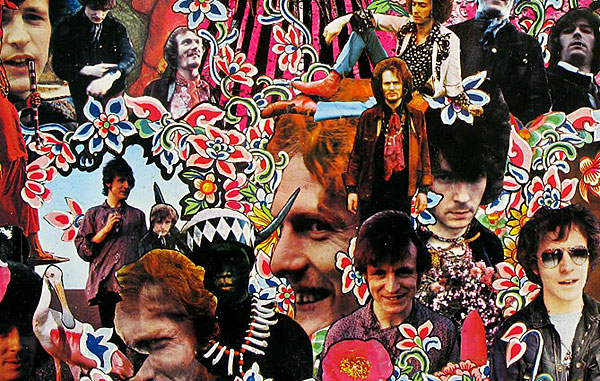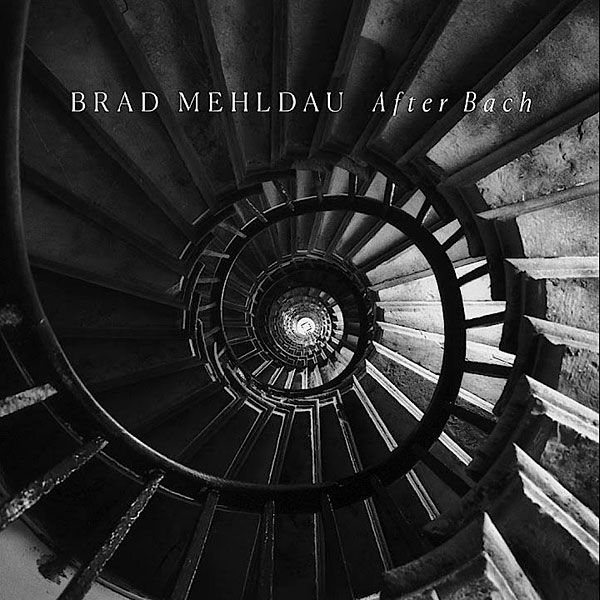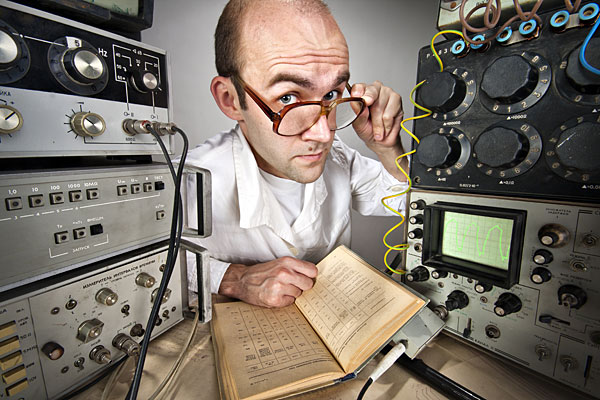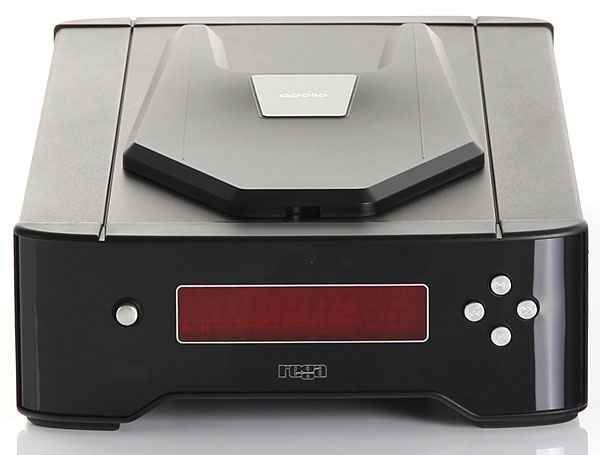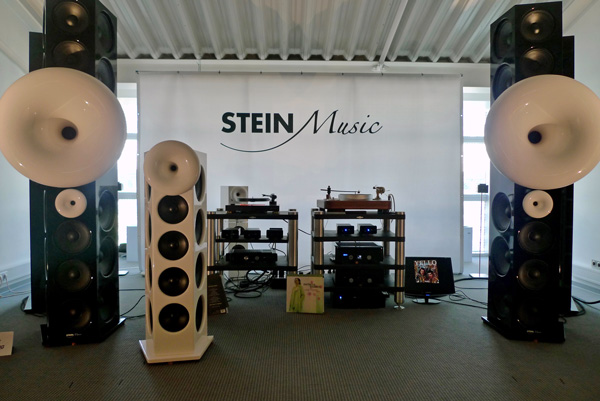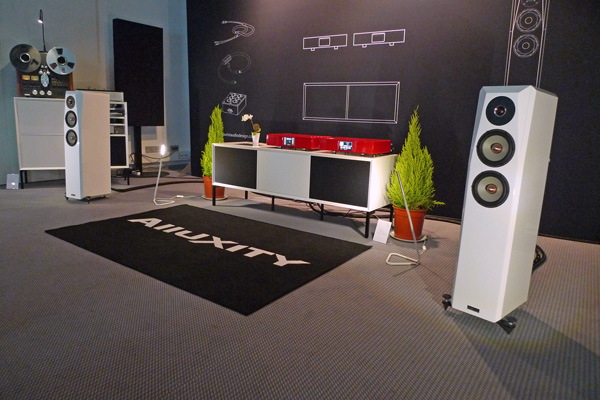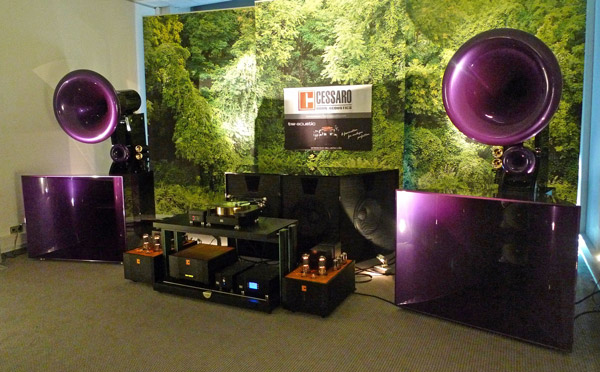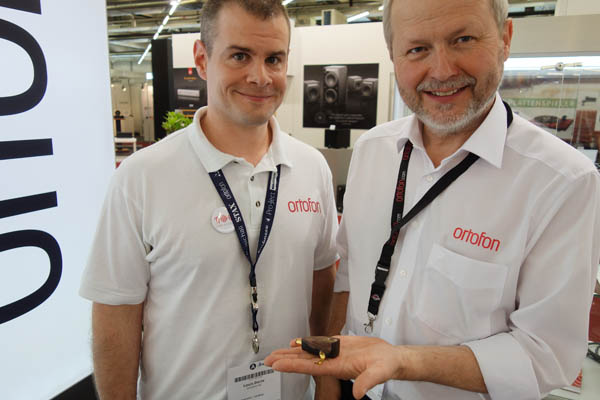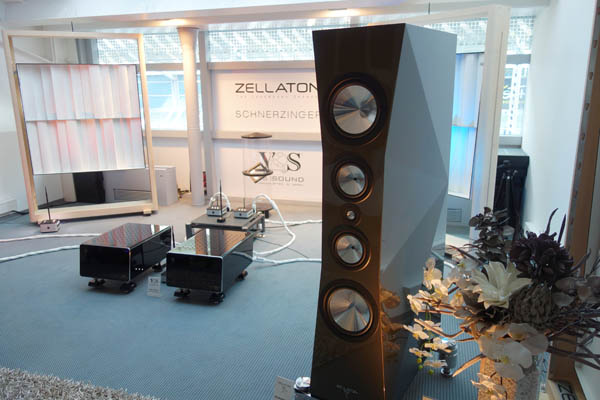LATEST ADDITIONS
High-Fi?
Bruno is the lanky, braided-beard, thirtysomething owner of a small, well-stocked record shop in Montreal, and we stood facing each other on either side of a glass case filled with vinyl paraphernalia. Bruno has made the most of his limited space. Every foot of each wall supports a shelf crammed with music-related merchandise: rock and jazz memorabilia, album covers, refurbished turntables. There's even a rack in the back for music and audio magazines, including Stereophile.
Recording of June 2018: After Bach
Brad Mehldau, piano
Nonesuch 7559-79318-0 (CD). 2018. Robert Hurwitz, exec. prod.; Tom Korkidis, prod. coord.; Tom Lazarus, eng., mix, mastering; Brad Montgomery, mix. ADD? TT: 69:24
Performance *****
Sonics *****
That American jazz pianist Brad Mehldau has made a recording of J.S. Bach's music should come as no great surprise to anyone who's followed his extraordinarily varied career. In many ways, it seems a natural progression.
Having become one of the most important jazz pianists of this century, and dabbled in classical-flavored music, film scores, and even performances of popular music (by Oasis Soundgarden and Nick Drake, to name just a few of the artists he's covered), Mehldau has finally gotten around to recording this album of five pieces by one of the greatest keyboard improvisers in history. Mehldau's method here is to play a more or less straight version of a Bach prelude or fugue from The Well-Tempered Clavier, BWV 846893, followed by his own "After Bach" reimagining of the same piece.
MQA: Aliasing, B-Splines, Centers of Gravity
The sampling theory formulated by Claude Shannon in the late 1940s had a key requirement: The signal to be sampled must be band-limitedthat is, it must have an absolute upper-frequency limit. With that single constraint, Shannon's work yields a remarkable result: If you sample at twice that ratetwo samples per period for the highest frequency the signal containsyou can reproduce that signal perfectly. Perfectly. That result set the foundation for digital audio, right up to the present. Cue the music.
Rega Research Apollo CD player
My recent informal survey of ca $10,000 CD players has been based on two assumptions: that the people reading those reviews would be looking for their last-ever CD player, and that such a purchase would require Serious Money.
In addition to such things as the best available design and parts, the most luxurious enclosure, and the utmost in reliability, Serious Money is presumed to buy durability of value: Any appliance that costs $10,000 today had damn well better be worth more than nothing in five or ten years.
Herb's Final Munich Report
Herb's Saturday at the Show Part 1
More Munich from Herb Reichert
Art's Last Afternoon at High End 2018
Saturday in Munich with Art, Part One
Wouldn't you know it that my first stop of the day, at the room sponsored by German loudspeaker manufacturer Zellaton, was one that discouraged drive-by reporting


